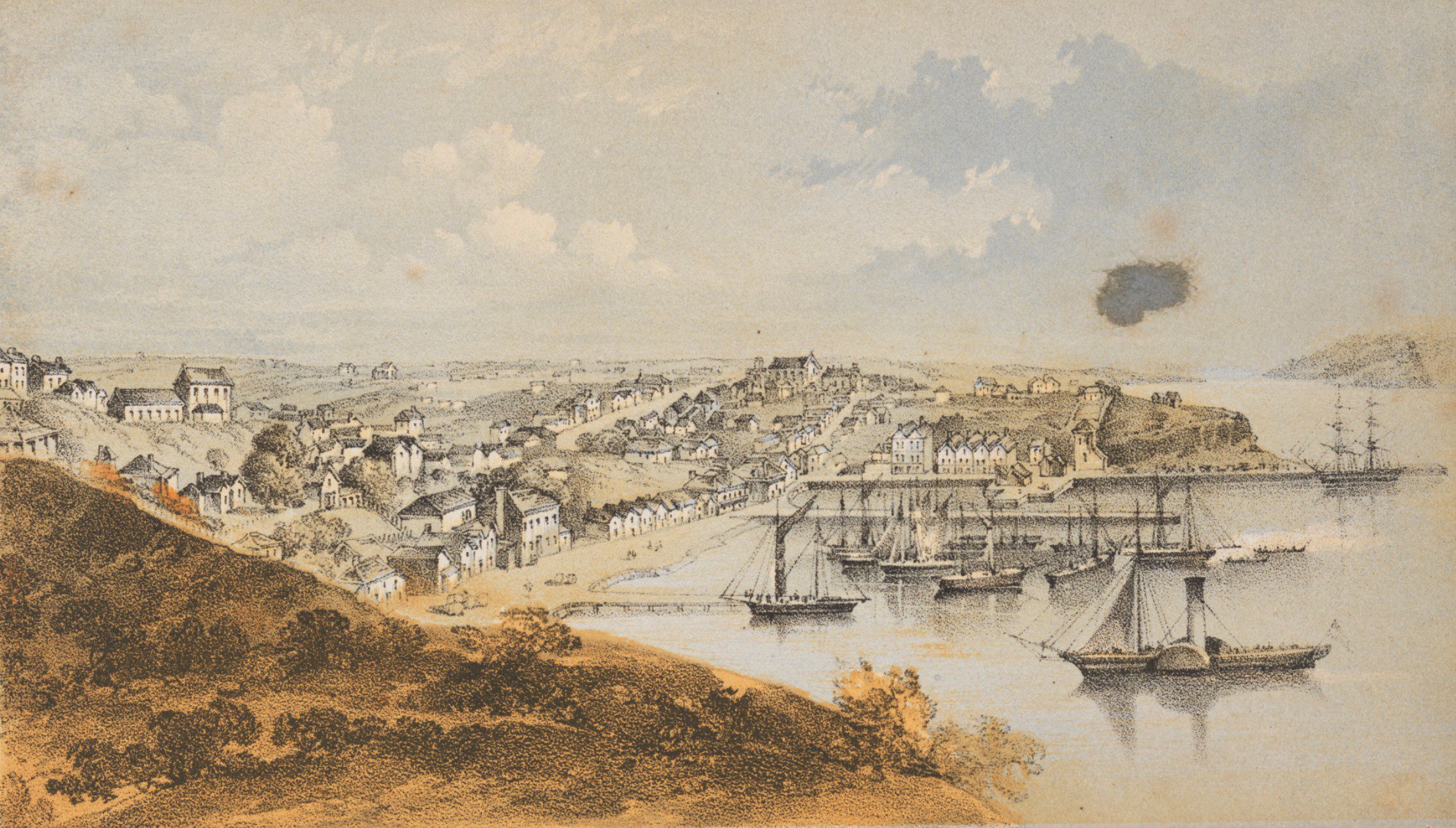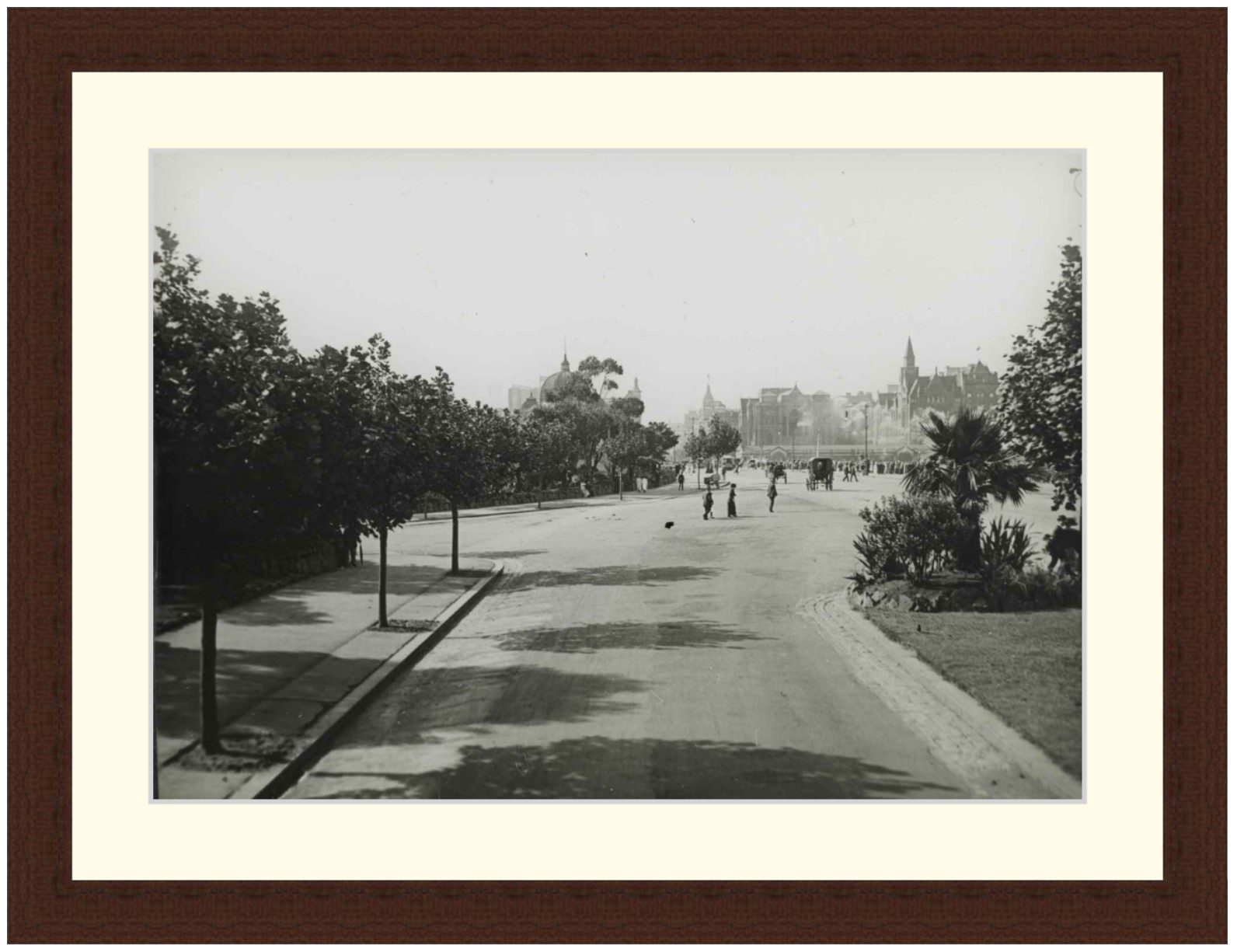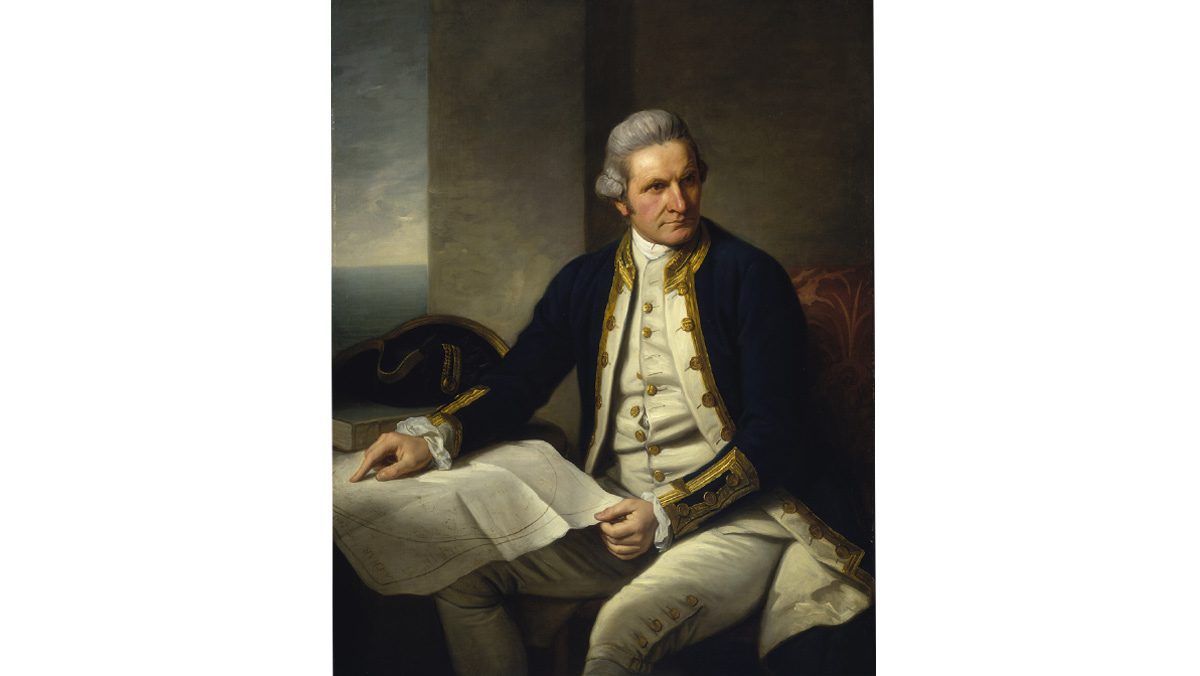Reading time: 6 minutes
One of the most famous materials in history, gunpowder is largely responsible for European dominance in the 20th Century, the fall of Constantinople’s impregnable walls, and much more.
Yet this devasting and destructive powder did not materialise into rifles and cannons in Europe in the 14th and 15th Centuries. Rather, it was discovered initially in China, several hundred years prior, by alchemists searching for, ironically, the elixir of life.
So how did gunpowder go from a powder for immortality in 9th Century China, to the fiery fuel of guns in Europe and the Middle East over 500 years later?
The truth is, technological development is rarely straightforward.
Here is the full story of the history of gunpowder.
The Search For The Elixir of Life
One of the oldest civilisations in the world, China has long had an obsession with the elixir of life. As early as the 2nd and 3rd Centuries BC under the Zhou and Qin Dynasties China’s cultural hunt for immortality has been uncovered, with numerous texts recording emperor Qin Shi Huang’s orders for a state-wide search for the elixir of life.
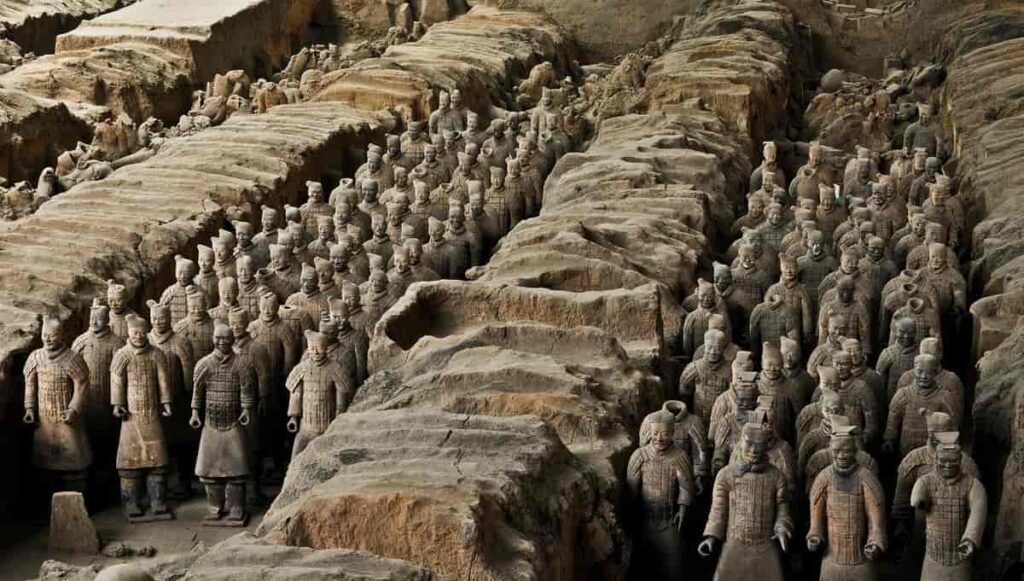
Famous for his terracotta army, Qin Shi Huang desperately searched to solve his mortality, beginning China’s quest for the elixir of life.
Yet despite his limited 15 years of rule, this quest would persist long after his death in 210 BCE, with Chinese alchemists continuing their search well over 1000 years later.
During the time of the Song Dynasty around 900 CE, Chinese alchemists and monks aimed to create the elixir of life and experimented with saltpetre, a well-known ingredient for medicinal purposes. What would be discovered was the incendiary capabilities of saltpetre.
While initially used for more tame devices such as fireworks, it didn’t take long for the first gunpowder weapons to evolve in China.
From Fireworks to Firearms
While it is true that China is the birthplace of the firework, there is often a misconception that this is all gunpowder was used for in China. This is brutally untrue.
Historians such as Joseph Needham and later Tonio Andrade have delved deeply into the history of gunpowder in China, and determined that shortly after its discovery gunpowder was likely used solely as an incendiary for roughly 100 years, helping create fire arrows and Naphtha-like flamethrowers similar to Greek fire.
It would take a few hundred years for gunpowder to be used as a propulsion ingredient, leading to the development of “fire-lances” also known as “proto-guns” around the 1100 and 1200s CE.
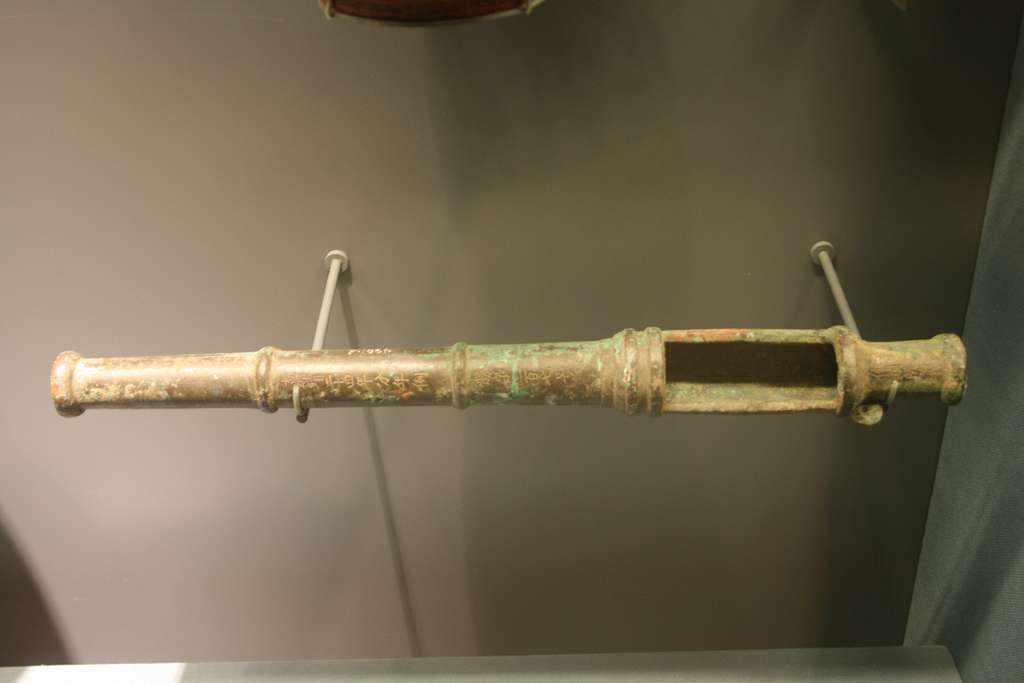
These weapons were not “guns” in the modern sense, but rather early devices that used gunpowder’s explosive properties to fling shrapnel towards the enemy. By the time of the Mongol invasions in the 1200s, gunpowder warfare was extensive throughout China.
Bringing Gunpowder to the Middle East
When the Mongols invaded China in the 1200s, they faced contraptions such as the “thunderclap bomb”, a device famously used during the siege of Kaifeng in 1232 against the Mongol invaders.
As the Mongols conquered China and established the Yuan Dynasty, they quickly moved on to new conquests in the West, taking on the Islamic powers of the Middle East. As they pushed outward, they took this gunpowder technology with them, adapting it, using it, and introducing it to the Middle East.
The Islamic golden age is often said to have ended in 1258 as the Mongols invaded and conquered Baghdad, however the immense knowledge and experienced scholars of the Islamic world didn’t go anywhere.
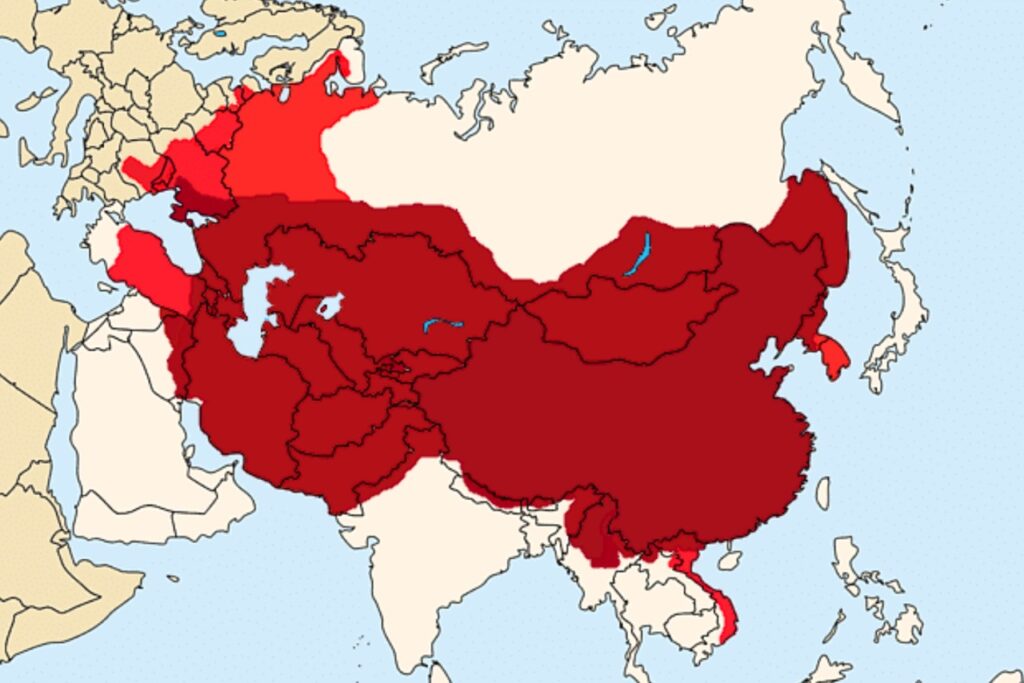
While intense, the Mongol conquests were short-lived, and soon new powers in the Middle East would learn to harness the power of gunpowder.
Development in the Middle East
Modern historians give no clear “moment” where the formula for gunpowder was transported from China to Arabic scholars, yet it seems clear that the Mongol invasions were the catalyst for the Arabic world to expand on their existing alchemic knowledge and develop their own gunpowder formulas.
It would not be long before Muslim armies had access to cannons, and European scholars were quick to bring back and further expand upon gunpowder technology after facing it in battle.
Though the first introduction of gunpowder to the European world is not certain, it is reported by Peter the Bishop of Leon that cannons were used by the Arabs while defending Seville in 1248 CE, giving us a rough timeframe.
Downsizing: How Europe Unlocked the Potential of Gunpowder
By the time gunpowder reached the shores of Europe, both Chinese and Islamic powers had developed and employed in battle the cannon, using the propulsive power of gunpowder to shoot solid balls of lead and metal at the enemy.
Despite this, cannon and overall gunpowder technology was still very much in its infancy throughout the 1200s.
While the first known depiction of gunpowder technology in Europe would not be until 1327 with the Milemete manuscript, Europe quickly pushed forward with gunpowder development, most notably driven by the kingdom of Burgundy.
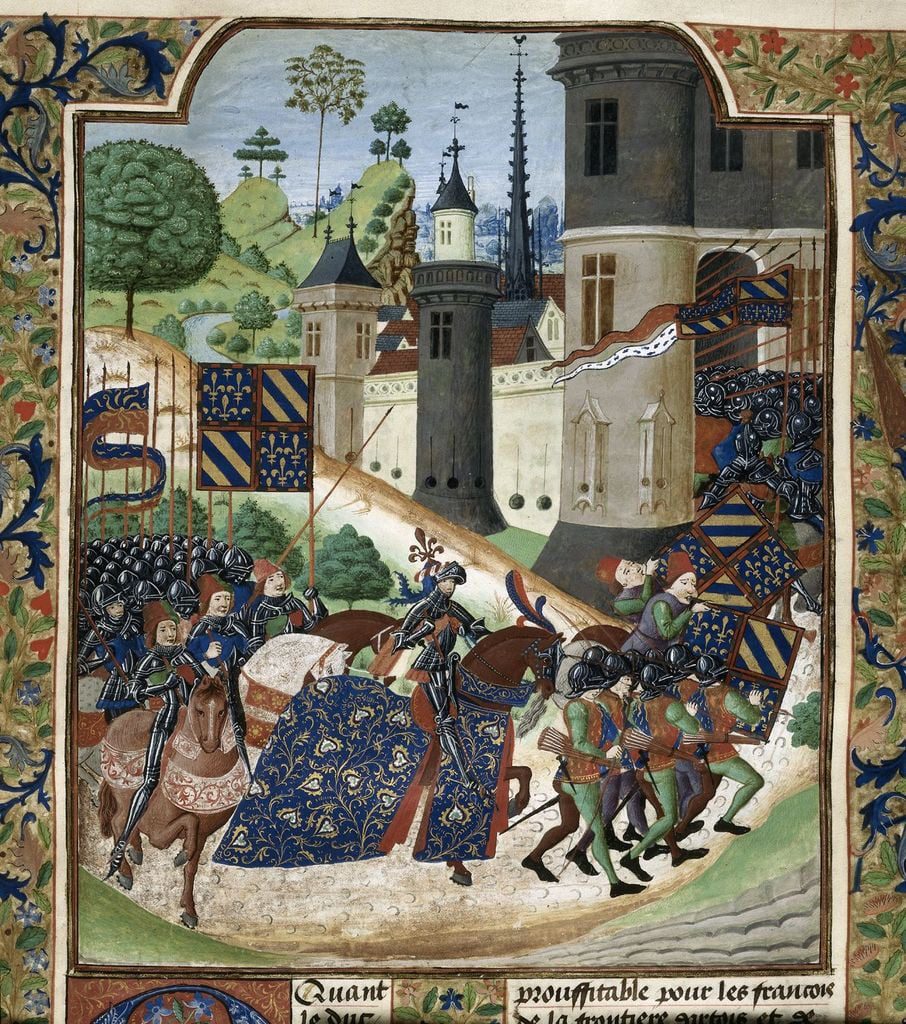
Ruled by Philip the Bold, Burgundy quickly became one of Europe’s most advanced gunsmiths, having sent out explorers and spies to the Middle Eastern kingdoms to gather knowledge on gunpowder technology.
By 1377 Philip the Bold’s smiths had created a gun capable of launching balls of up to 200kg, and Europe was well on its way to gunpowder’s use exclusively as a projectile propellant.
How Gunpowder Demonstrates the Flow of Ideas
Discovered in the 900s, gunpowder would take several hundred years to disseminate across Eurasia and develop from a firework ingredient to the defining material in contemporary warfare.
As with many other ideas, from Arabic numeral systems to the spread of religion, the spread of gunpowder technology was not linear. As the technology spread from culture to culture and group to group, new developments were made, borrowed by others, and then developed further.
By the 1900s, gunpowder had long been the defining ingredient to most major nation’s projection of power, and remains a crucial element of warfare even today.
Yet gunpowder was not found in a linear search for military technology, but rather the opposite. Just as penicillin was discovered by accident, gunpowder’s inception and spread was not a direct line from discovery to global importance, but rather a slow diffusion and growth of technology and ideas across the globe.
Podcast episodes about the development of gunpowder
Articles you may also like
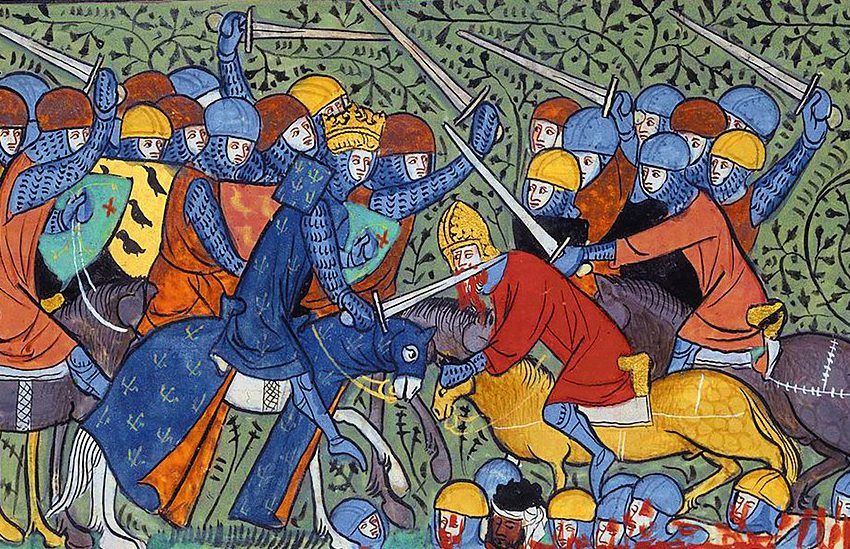
General History Quiz 157
1. Who fought against each other in the Battle of Tours-Poitiers in 732CE?
Try the full 10 question quiz.
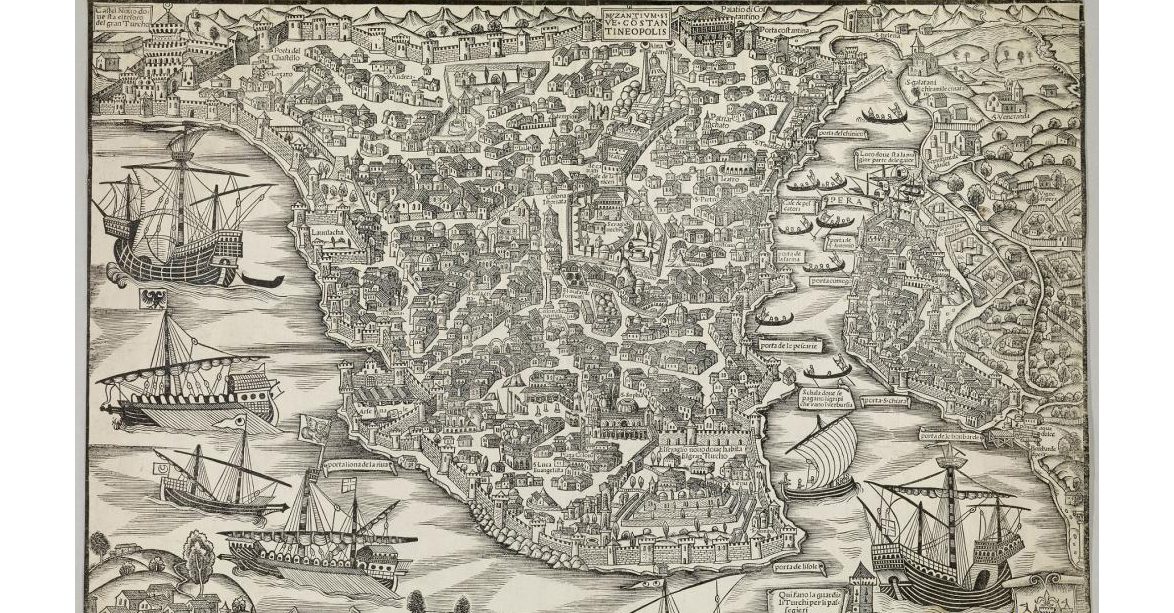
Weekly History Quiz No.253
1. Which previous empire did the Byzantine Empire grow out of?
Try the full 10 question quiz.

Japan’s Pacific War – Podcast
This podcast episode was commissioned by History Guild as part of our support of THE BLOODY BEACHHEADS: THE BATTLES OF GONA, BUNA AND SANANANDA – ONE DAY CONFERENCE. Angus Wallace, creator of the fantastic WW2 Podcast is joined by Peter Williams, author of Japan’s Pacific War: Personal Accounts of the Emperor’s Warriors.
The text of this article was commissioned by History Guild as part of our work to improve historical literacy. If you would like to reproduce it please get in touch via this form.


